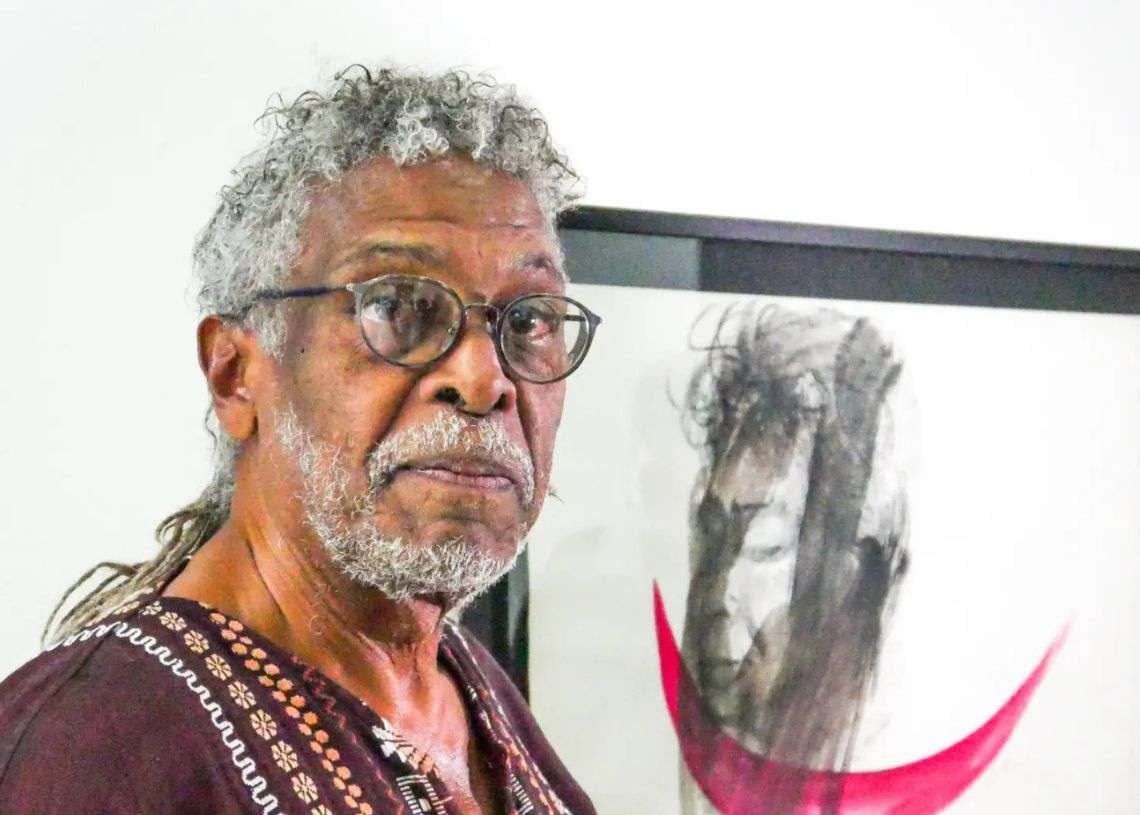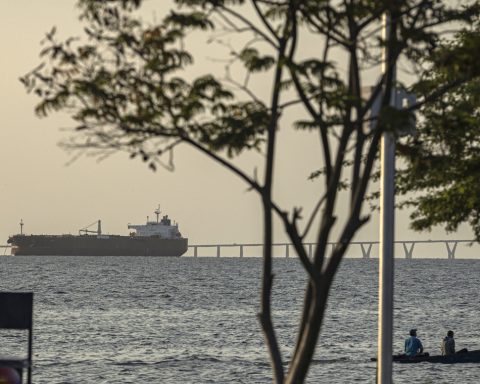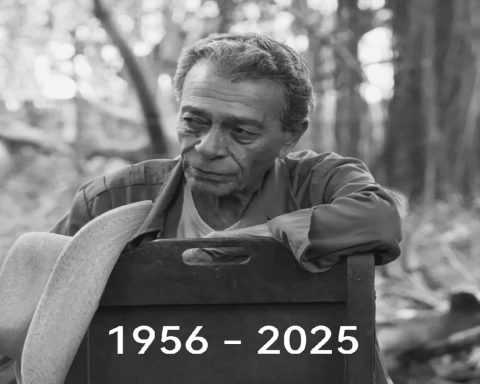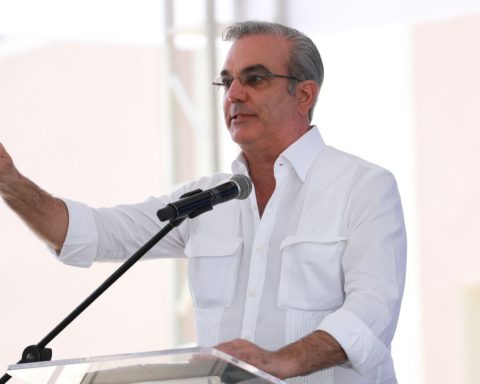When he was awarded the 2021 National Prize for Plastic Arts for the work of a lifetime, Alberto Lescay made it clear that, however, his work was just beginning. The leader of the Caguayo Foundation does not allow himself a minute of rest and he is always embarking on a new path. Those who accompany him in each of his activities know it well.
A monument in Havana dedicated to the American poet Langston Hughes (1901-1967) and another to José Martí in Tampa (Florida) are two of the many projects in which Alberto Lescay Merencio (1950) is currently immersed.
Another great aspiration, after so many years of work and waiting, is the final location of the monument dedicated to José Antonio Aponte (1760-1812), a symbol of the rebellion of black and mulatto Cubans.
Committed to ethics and aesthetics
Born on the highest hill of a farm planted in Peladero, near the Central Baltony in Santiago de Cuba, years later Lescay received his graduate degree in artistic education specializing in painting.
Later, he would be one of the pioneers of the set design of the Tele Rebelde channel, founded in 1968 in his hometown and then, to complete the theory learned at the National School of Art, he would polish his technique in Europe, until graduating as a Master of Art. at the Repin Academy of Sculpture, Architecture, Painting and Graphics in Saint Petersburg.
From that time a diary survived with the annotations made by Lescay during his studies, compiled in the book Agenda of notes: Lescay: 1863 days in the USSR (Holguin Editions).

The teacher from Santiago is the author of the iconic monument to Major General Antonio Maceo, which has become a symbol of the eastern city, and the Monument to the Cimarrón, located in El Cobre.
“To make a monument you have to be accompanied by wills, money and agree to many people; At least that’s my experience. For different reasons it can take between seven and eight years on average. For example, the monument to Maceo took nine years; that of Rosa La Bayamesa, five, and that of Aponte, fifteen. And it seems logical to me, because there are many objective and subjective factors. Not everyone understands the social, cultural importance that a monument can have and perhaps for this reason it takes time to make the decision, ”he says to OnCuba.
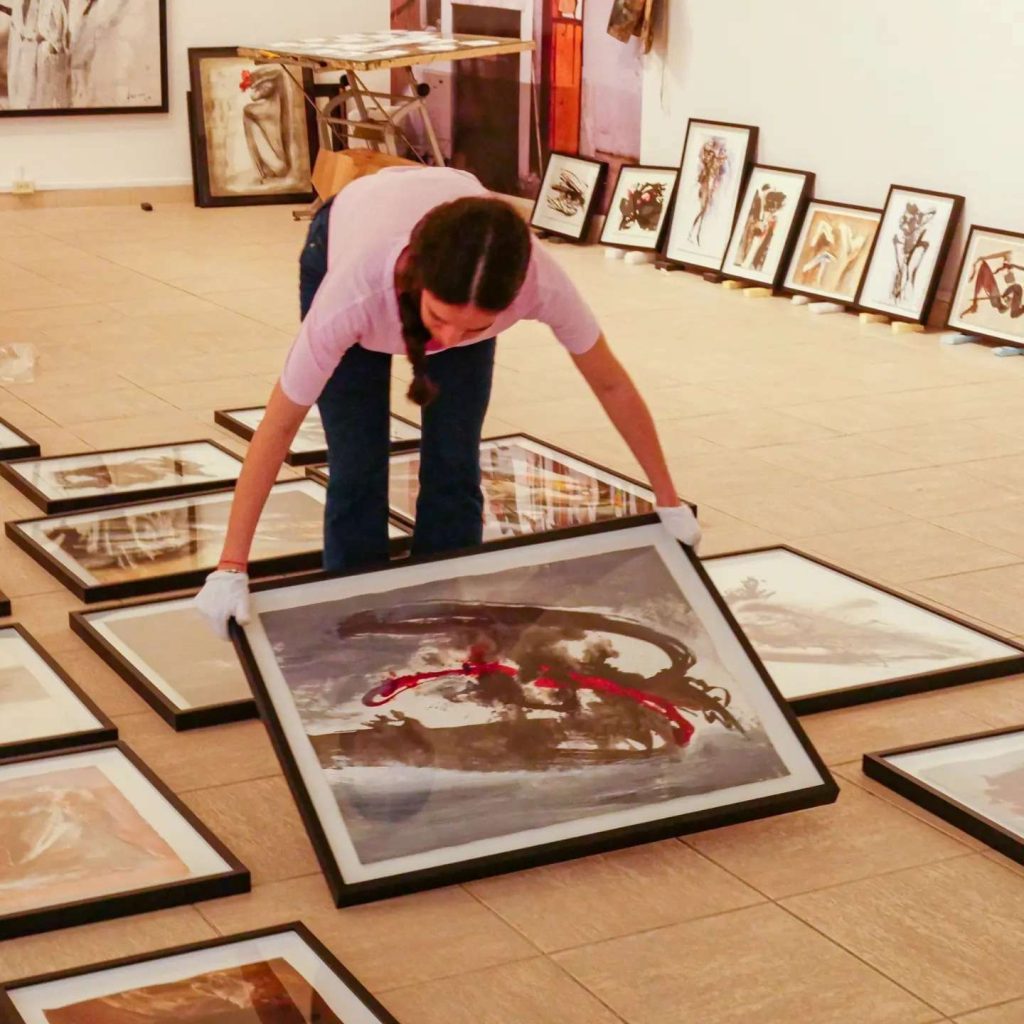
Alberto Lescay has managed to be authentic and coherent with his public art and for this the most effective mechanism has been the image, the color, the people, the story. “I have always been interested in knowing what place I should occupy in the time that I live. I am a man dedicated to spirituality, to the world, to human beings, with a universal approach from Santiago de Cuba”, he affirms categorically.
“I try to be in all areas as I am and in the creative processes, of course, I have my great opportunity. I have no other commitments other than ethics and aesthetics. I believe in art as a form of human formation, of spiritual elevation at all levels. That is why I give myself and I will always give myself to him. Art is sacred. We are called to communicate with the gods to give back something that can be interesting for many people and that must be taken very seriously, ”he declares.
Precisely to (re)discover what moves your world, until May 21 the exhibition will be available to the Havana public at the National Museum of Fine Arts Inner landscape.
The author warns that in it we will find “very hard works that can make you cry and others make you laugh”.
The exhibition, one of the most important in Lescay’s career, confirms that the artist does not fit into pigeonholes of styles or genres.
